A participant in Haverford and Caltech’s joint 3-2 engineering program, the mathematics major and environmental studies minor has finished his Caltech education and is now developing climate change models.
-
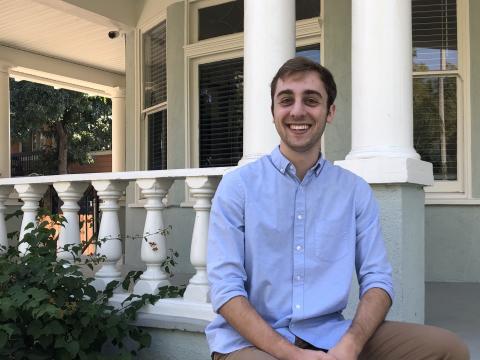
-
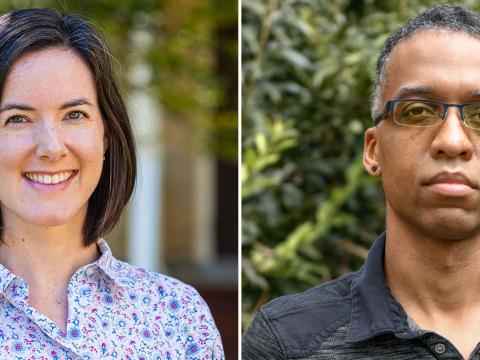
The Department of Computer Science expands to accommodate growing student enrollment.
-

The computer science major is returning to Philadelphia to kick off her professional career as a software engineer for management consulting company Accenture.
-
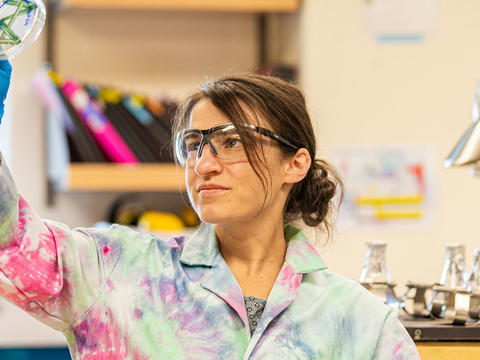
Building on earlier NIH-funded work that engaged 40 undergraduate researchers, the associate professor of chemistry will continue her acyl carrier protein research thanks to a new $297,992 grant.
-

Studying pulsars and black holes that are hundreds of light years away, the six Bi-Co students working in Professor Andrea Lommen’s lab this summer didn’t need to be on campus in the same room to conduct their groundbreaking research.
-
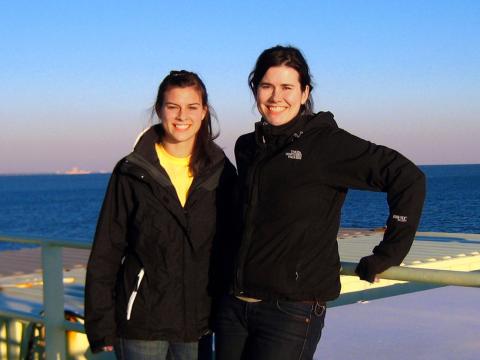
The associate professor of chemistry and environmental studies was part of a team that wrote a review article in Nature, documenting the discoveries related to the largest single accidental release of oil and gas into the ocean.
-
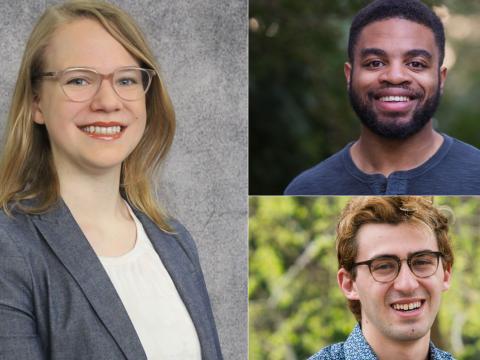
Sam Epstein ’19, Brett Pogostin ’18, Maurice Rippel ’19, Laura Seaberg ’20, and David Zegeye ’19 received fellowships from the National Science Foundation that will support their graduate education and research.
-
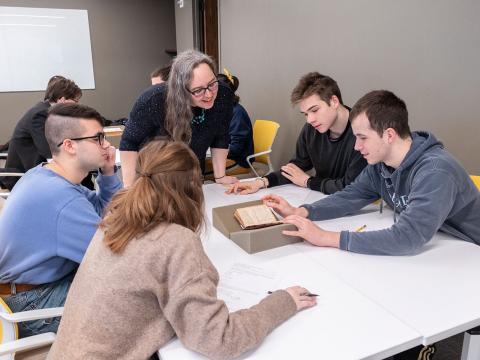
This astronomy course provides an introduction to both modern and ancient astronomy, and provides a framework to discuss the nature of science and astronomy.
-
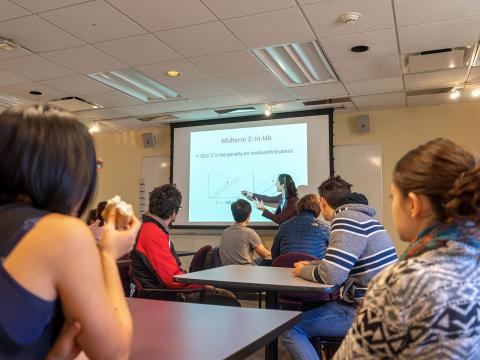
This computer science course explores both classical and modern approaches to machine learning, with an emphasis on theoretical understanding.
-

A new paper by Professor and Chair of Physics and Astronomy Andrea Lommen, Reilly Milburn ’19, Sergio Montano ’21, and Jesse Zeldes ’22 measures pulsar timing made observable for the first time by NASA’s Neutron star Interior Composition Explorer (NICER).
-
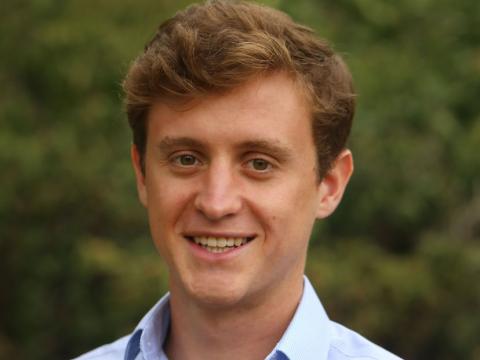
The senior computer science and mathematics double major has his research accepted by NeurIPS and will present his work on understanding the variables that go into human-facing model predictions at the upcoming NeurIPS conference in Vancouver.
-
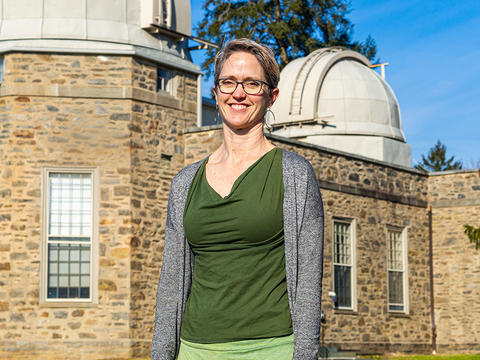
The professor and chair of the Department of Physics and Astronomy will help shape the next decade of astrophysics research in the United States as a member of the Panel on Particle Astrophysics and Gravitation.
-

From Petri Dish to Poster: Fords Present at the 15th Annual Undergraduate Science Research Symposium
With 96 students presenting research conducted across the globe, the Undergraduate Science Research Symposium showcased the range and depth of research Fords undertake in the natural sciences.
-
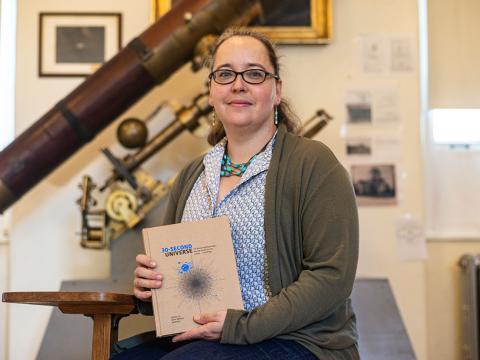
The associate professor of physics and astronomy is one of the authors of a new book, 30-Second Universe, that breaks down the 50 most significant theories, principles, and people in astrophysics for a general audience.
-
The chemistry major with a minor in environmental studies is investigating the local herring population in Cordova, Alaska.